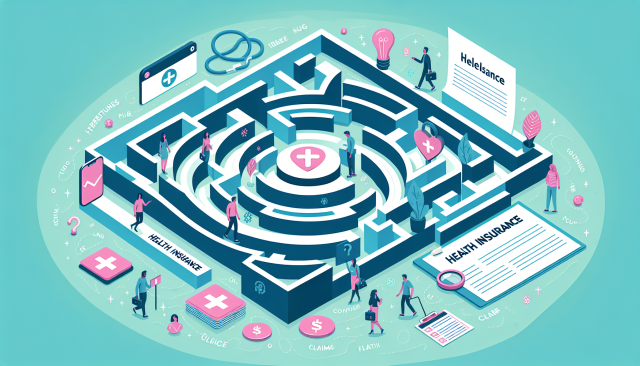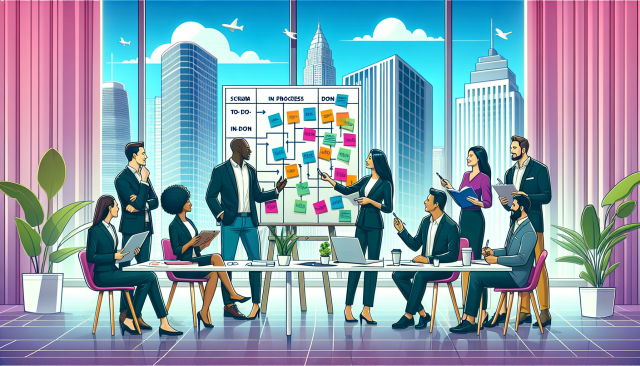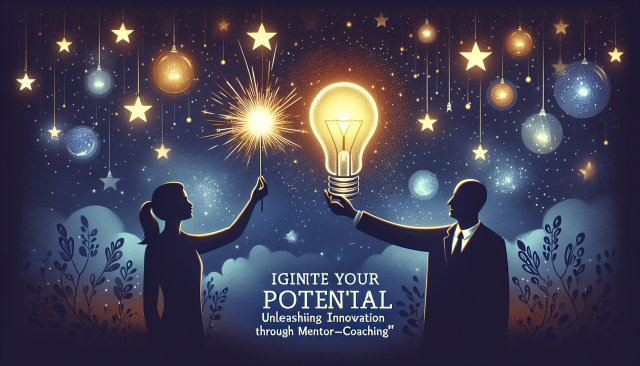Feedback Mastery: Unlock Your Career Potential Through Mentoring
The Art of Giving and Receiving Feedback in Mentoring: An Essential Guide for Graduates
As you step into the professional world, the journey of career development extends far beyond learning the technical skills of your field. One powerful, yet often overlooked component of growth is mastering the art of feedback in mentoring. National Mentoring Month is an ideal time to delve into how feedback, when deftly handled, can serve as a catalyst for your professional and personal growth.
The Dynamic Dance of Feedback
Feedback is a two-way street, and like any dynamic dance, it requires balance, rhythm, and a willingness to engage. In the context of mentoring, feedback isn’t just about correcting mistakes or highlighting achievements; it’s an integral part of evolving both the mentor and the mentee. For graduates, this means embracing feedback not only as necessary guidance but as an opportunity to refine skills, build confidence, and widen perspectives.
Giving Feedback: The Art of Empowerment
Treading the path of providing feedback involves more than pointing out what needs improvement; it’s an art of empowerment. As a graduate working with peers or even within a mentee-mentor relationship, consider these approaches:
- Be Specific and Constructive: Ambiguity breeds confusion. Offer feedback that is precise and constructive, focusing on specific behaviors or actions. This approach not only clarifies your message but also provides actionable steps for the recipient.
- Foster a Growth Mindset: Frame your feedback in a way that emphasizes development. Highlight potential and opportunities for learning rather than fixating solely on problems.
- Encourage Dialogue: Feedback should be a conversation, not a monologue. Invite questions, thoughts, and insights from the receiver to create a collaborative space for exchange and growth.
Receiving Feedback: The Gateway to Growth
For graduates ready to ascend the career ladder, receiving feedback gracefully is equally crucial. Here are some principles to adopt:
- Be Open and Receptive: Approach feedback with an open mind. See it as an opportunity to learn from others experiences and viewpoints.
- Separate Emotion from Information: Its natural to feel defensive when receiving feedback, but try to detach emotional reactions from the information being presented. Focus on the content, not the delivery, to extract maximum benefit.
- Reflect and Act: After receiving feedback, take time to reflect on the insights gained. Develop an action plan to address areas of improvement and continue your growth journey.
The Transformative Power of Feedback in Mentoring
When integrated effectively into mentoring relationships, feedback transforms from a mere critique into a tool for building stronger, more resilient individuals and teams. It lays the foundation for trust, encourages continuous learning, and helps build a culture where constructive criticism is appreciated and sought after.
As you celebrate National Mentoring Month, embrace feedback as an invaluable component of your career journey. Leverage it not only to enhance your professional abilities but also to contribute positively to the development of your peers and mentors. Remember, every piece of feedback is a stepping stone on your path to success let it guide you to your ultimate potential.































